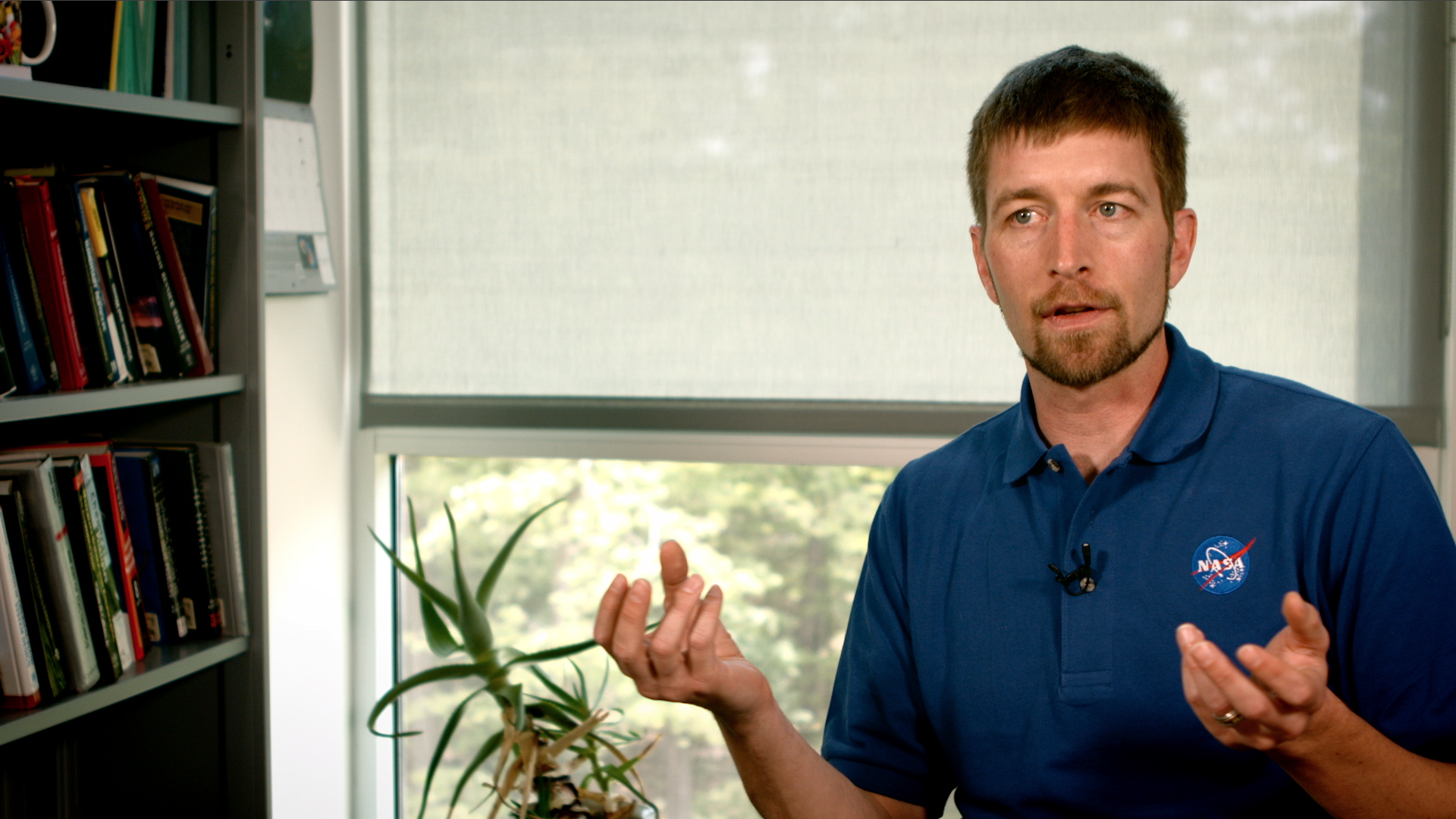How LISA Pathfinder Detected Dozens of 'Comet Crumbs'
NASA scientists used data from ESA’s (the European Space Agency’s) LISA Pathfinder mission to detect 54 micrometeoroid impacts on the spacecraft. The research will help scientists learn more about how dust behaves in our planetary system and those around other stars.
Credit: NASA’s Goddard Space Flight Center
Music: "Vibrating" (Instrumental) and "Treacherous Path" (Instrumental) both from Universal Production Music
Watch this video on the NASA Goddard YouTube channel.
Complete transcript available.
LISA Pathfinder, a mission led by ESA (the European Space Agency) that included NASA contributions, successfully demonstrated technologies needed to build a future space-based gravitational wave observatory, a tool for detecting ripples in space-time produced by, among other things, merging black holes. A team of NASA scientists leveraged LISA Pathfinder's record-setting sensitivity for a different purpose much closer to home — mapping microscopic dust shed by comets and asteroids.
Most of these particles, known as micrometeroids, have masses measured in micrograms, similar to a small grain of sand. But at speeds reaching 40,000 mph (64,000 kph), even micrometeoroids pack a punch.
The NASA team, led by Ira Thorpe at NASA's Goddard Space Flight Center in Greenbelt, Maryland, detected 54 impacts during the mission, which lasted from 2015 to 2017. Modeling the strikes allowed the researchers to determine what kinds of objects shed the dust. The findings are broadly consistent with existing ideas of what generates micrometeroids found near Earth. The dusty culprits are mostly short-period comets whose orbits are determined by Jupiter. Comets with longer periods, like Halley’s comet, also contributed dust that LISA Pathfinder sensed
The new measurements could help refine dust models used by researchers in a variety of studies, from understanding the physics of planet formation to estimating impact risks for current and future spacecraft.
For More Information
Credits
Please give credit for this item to:
NASA's Goddard Space Flight Center
-
Producer
- Scott Wiessinger (USRA)
-
Science writer
- Francis Reddy (University of Maryland College Park)
-
Visualizer
- Tom Bridgman (Global Science and Technology, Inc.)
-
Animator
- Walt Feimer (KBR Wyle Services, LLC)
-
Scientist
- James Ira Thorpe (NASA/GSFC)
-
Narrator
- Scott Wiessinger (USRA)
Series
This page can be found in the following series:Release date
This page was originally published on Monday, November 18, 2019.
This page was last updated on Wednesday, May 3, 2023 at 1:45 PM EDT.



